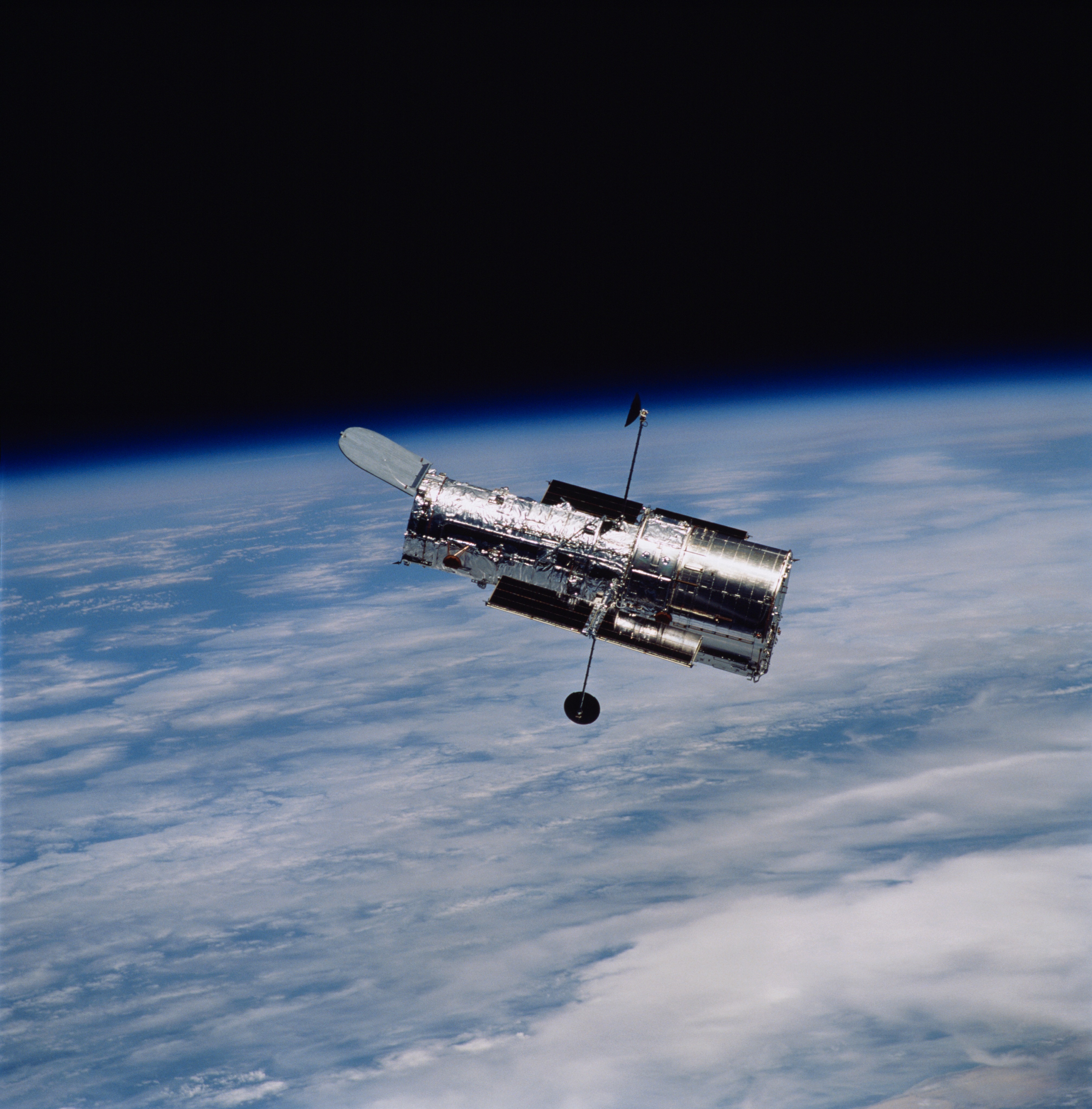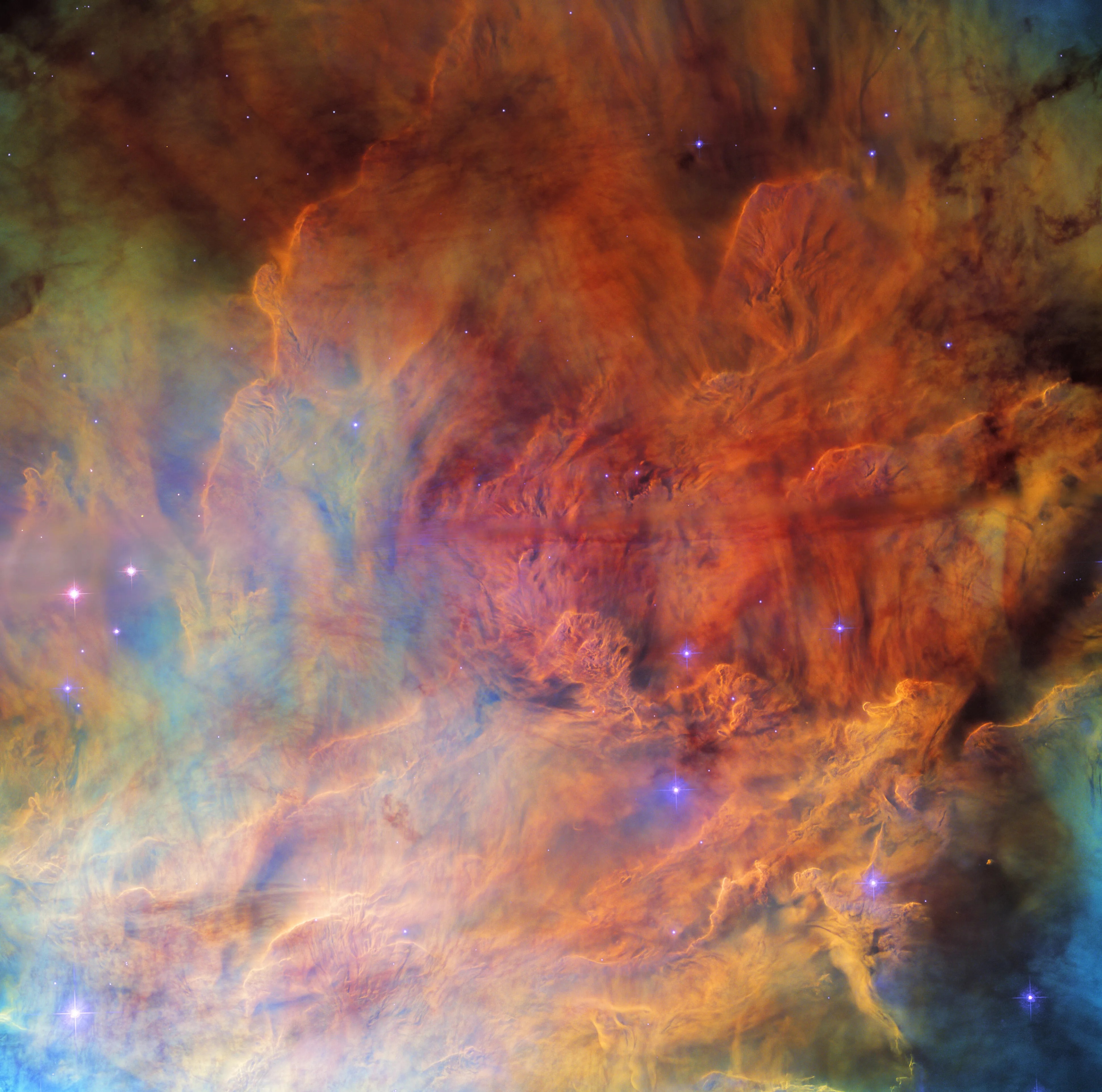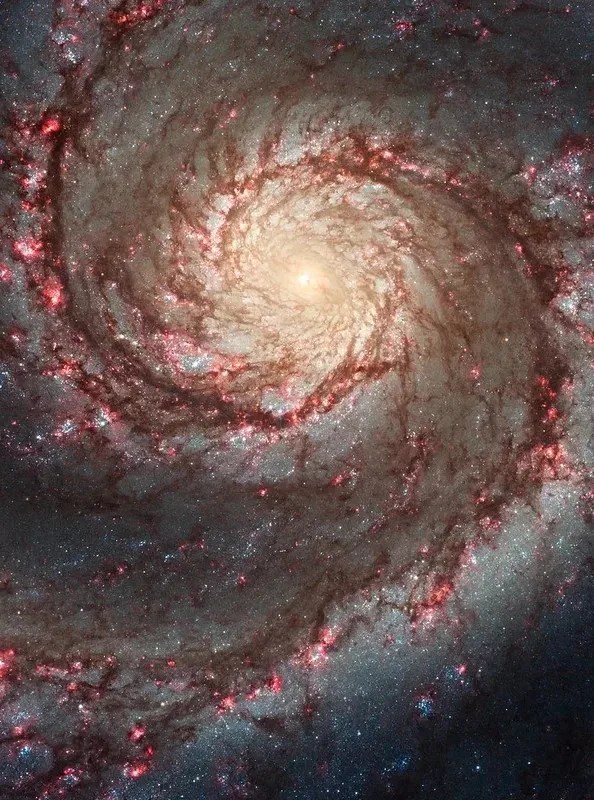2 min read

A bubbling region of stars both old and new lies some 160,000 light-years away in the constellation Dorado. This complex cluster of emission nebulae is known as N11, and was discovered by American astronomer and NASA astronaut Karl Gordon Henize in 1956. NASA’s Hubble Space Telescope brings a new image of the cluster in the Large Magellanic Cloud (LMC), a nearby dwarf galaxy orbiting the Milky Way.

About 1,000 light-years across, N11’s sprawling filaments weave stellar matter in and out of each other like sparkling candy floss. These cotton-spun clouds of gas are ionized by a burgeoning host of young and massive stars, giving the complex a cherry-pink appearance. Throughout N11, colossal cavities burst from the fog. These bubbles formed as a result of the vigorous emergence and death of stars contained in the nebulae. Their stellar winds and supernovae carved the surrounding area into shells of gas and dust.
N11’s stellar activity caught the attention of many astronomers, as it is one of the largest and most energetic regions in the LMC. To investigate the distribution of stars in N11, scientists used Hubble’s Advanced Camera for Surveys, taking advantage of its sensitivity and excellent wide-field resolution. The cluster houses a wide array of stars for Hubble to examine, including one area that has stopped forming stars, and another that continues to form them. Hubble’s unique capabilities allowed astronomers to comprehensively study the diversity of stars in the N11 complex, and map the differences between each region.
Explore More
Media Contact:
Claire Andreoli
NASA's Goddard Space Flight Center, Greenbelt, MD
claire.andreoli@nasa.gov




